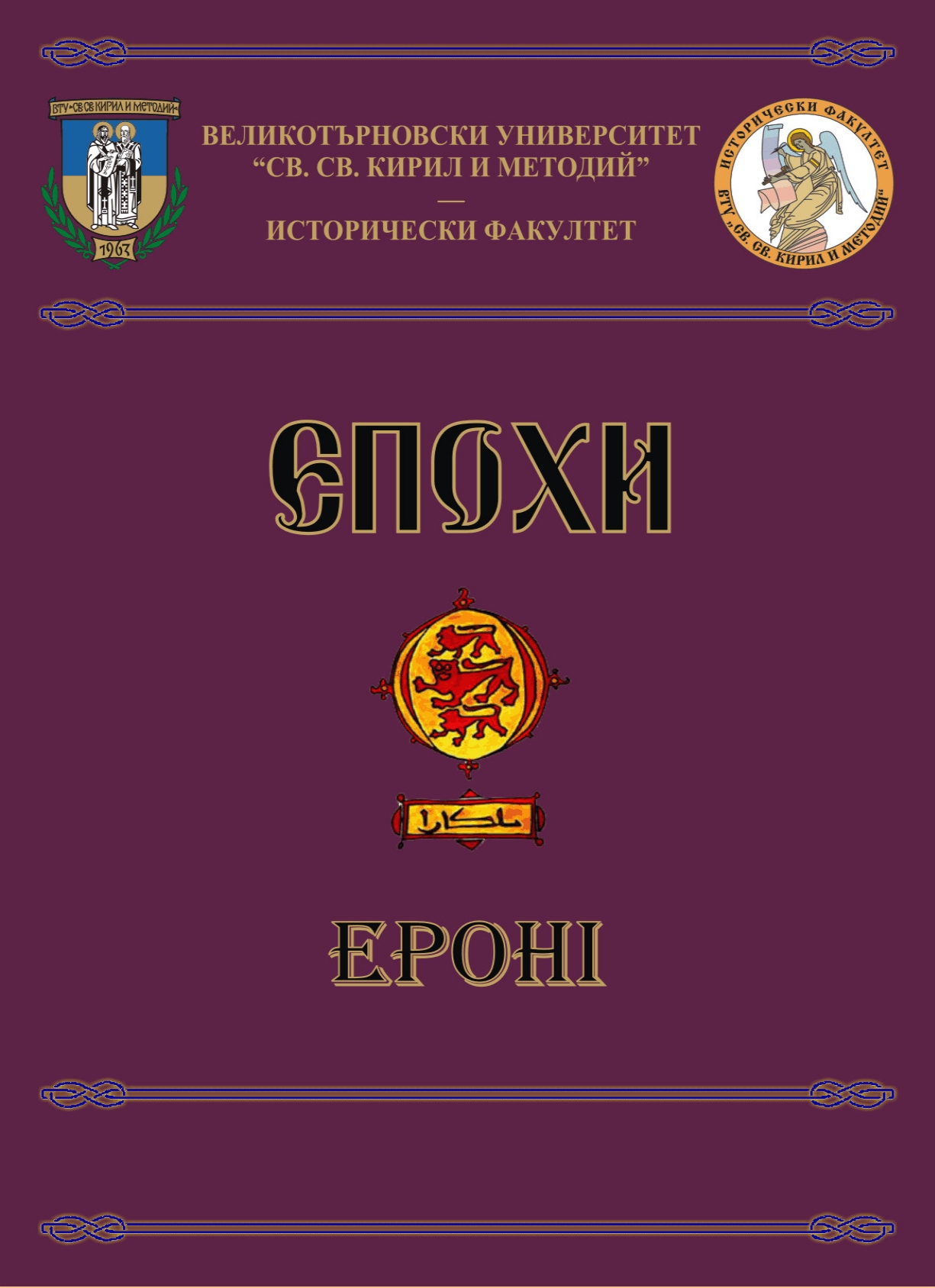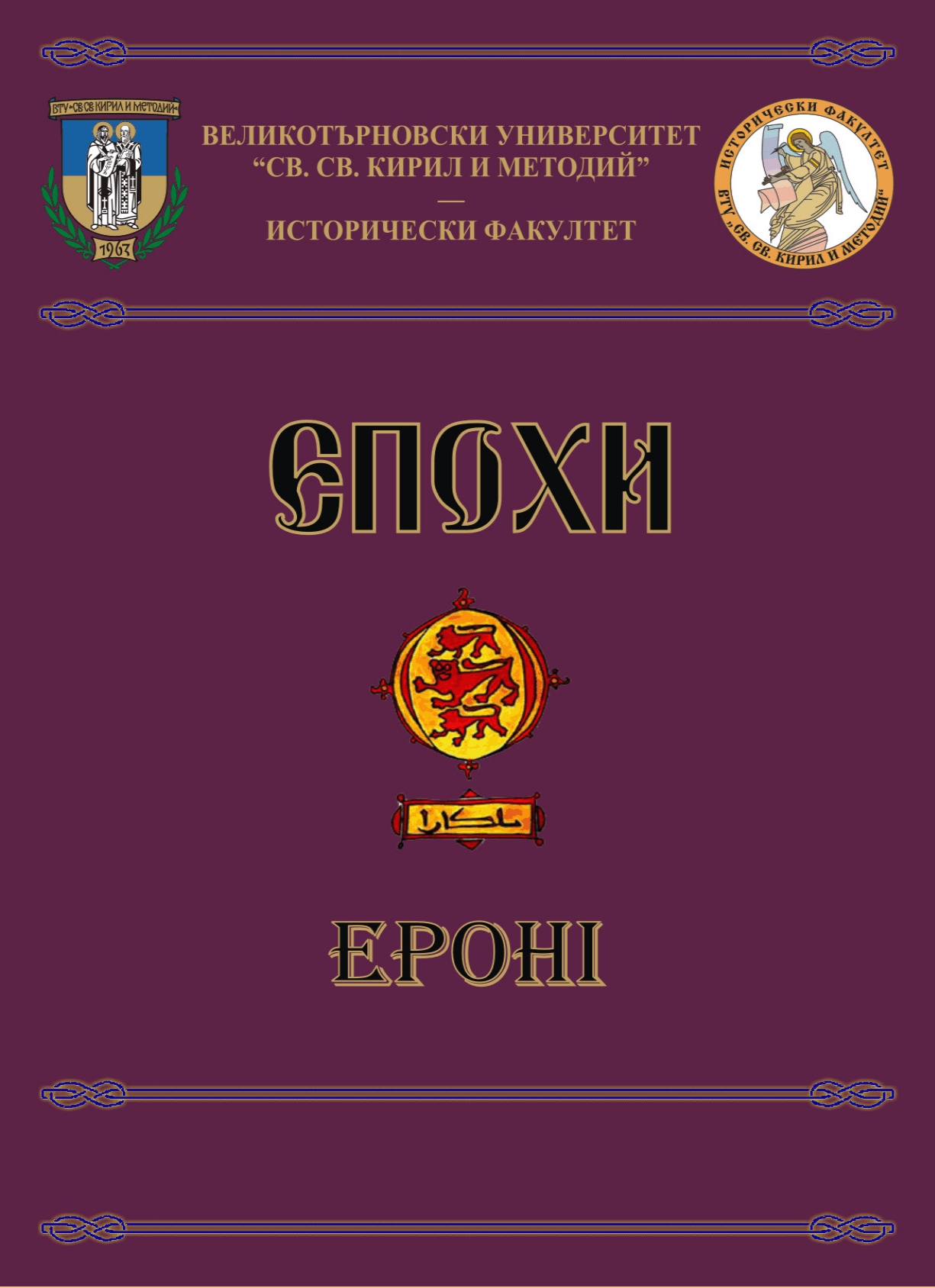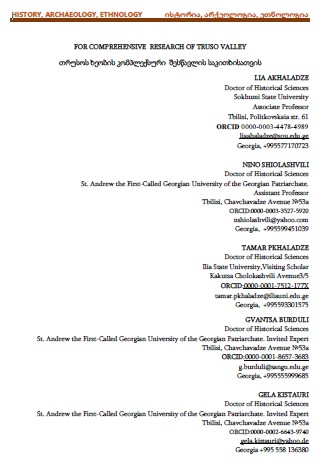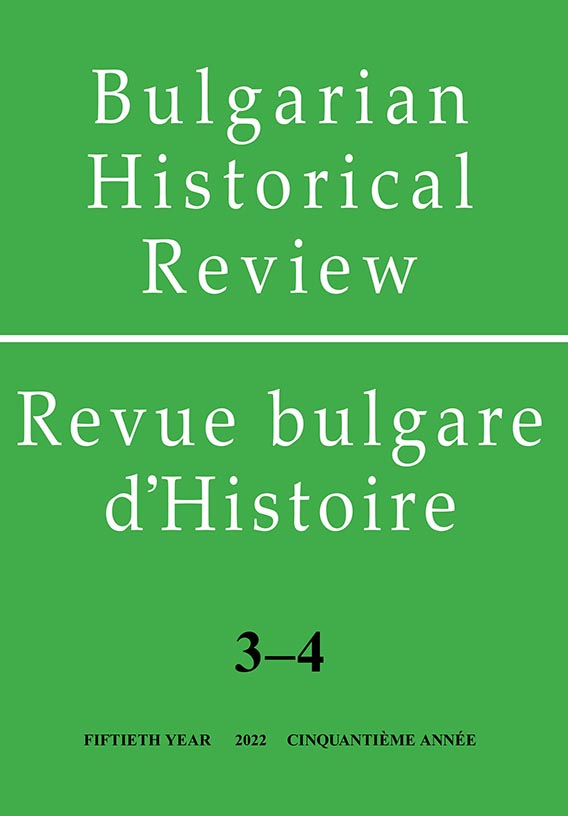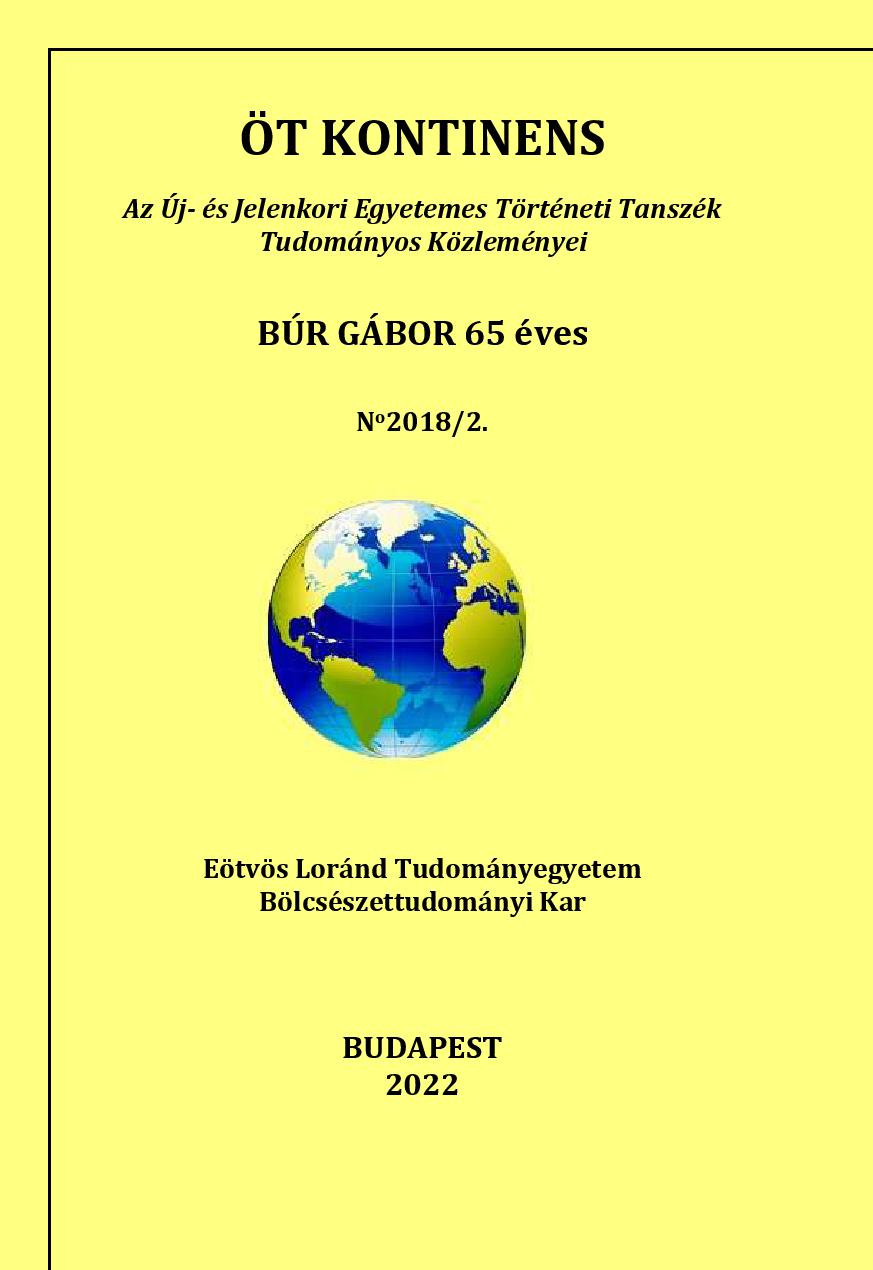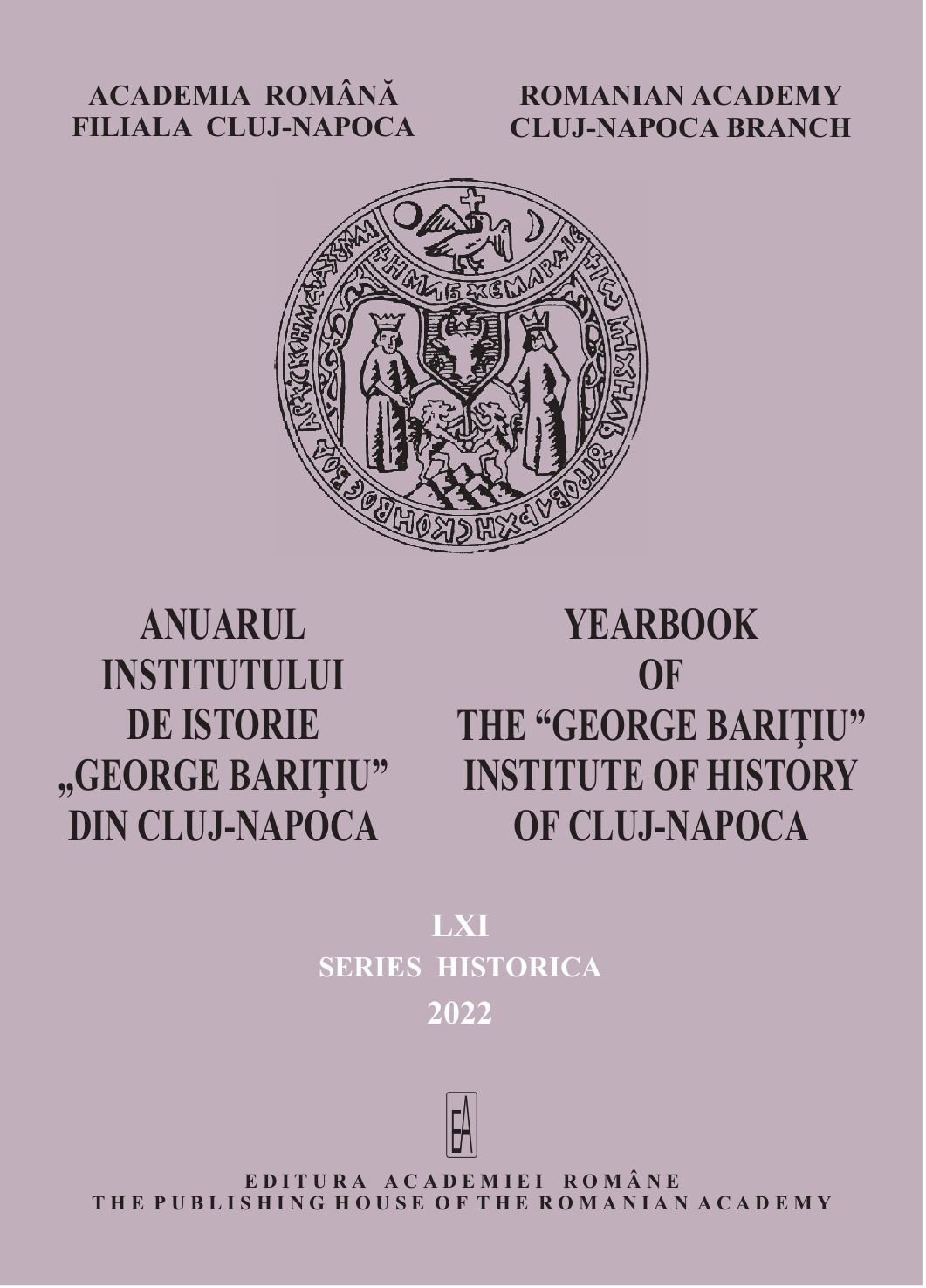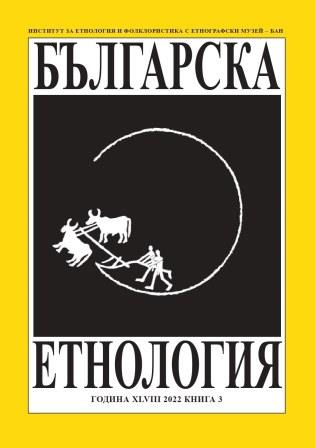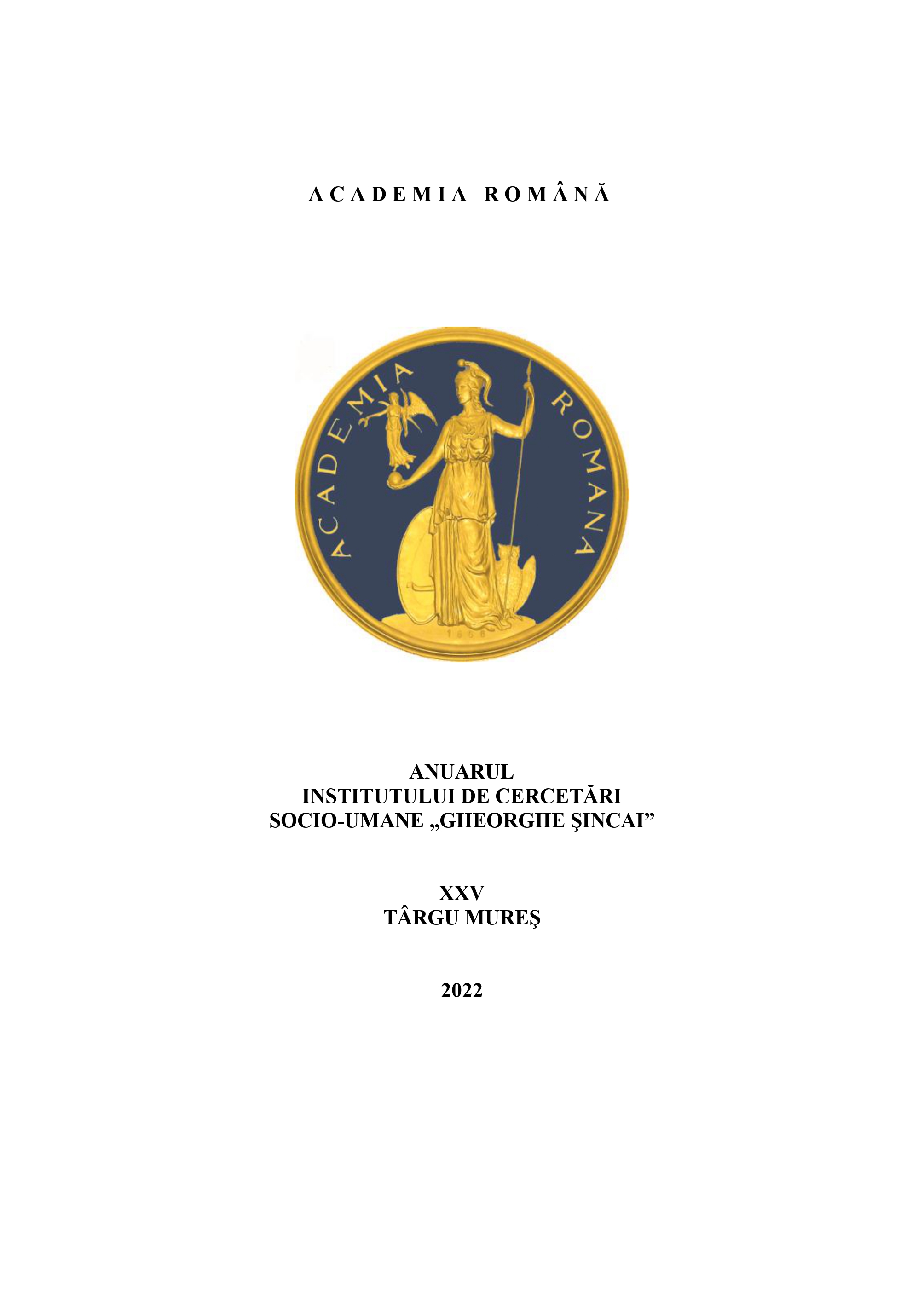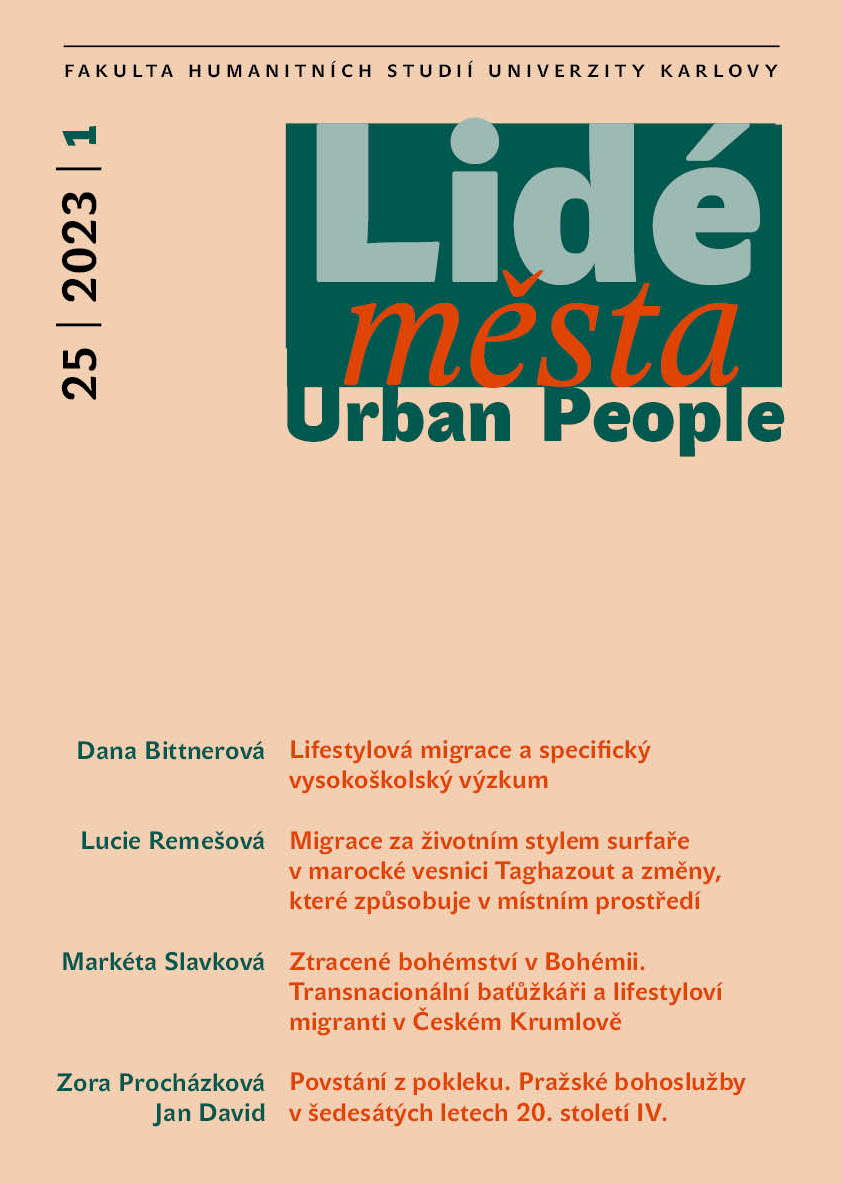Author(s): Giorgi Sosiashvili,Ioseb Alimbarashvili / Language(s): Georgian
Issue: 6/2021
The article examines the political and socio-economic history of Kvemo and Zemo Khviti, two villages near the occupation line in Shida Kartli, its population dynamics, ethnic and religious composition, village antiquities, fortifications, material and spiritual monuments, lapidary inscriptions and epitaphs. The meaning and origin of the toponym "Khviti" is also researched, along with Khviti’s relationship with the Monastery of the Cross in Jerusalem. Khviti was the property of the Taktakishvilis’ from ancient times, but apart from them different numbers of serfs here and the lands were owned by Machabelis’, Kherkheulidzes’, Pavlenishvilis’, Tumanishvilis’. The village has been actively appearing in written sources since the 16th century. The population was mainly engaged in agriculture and horticulture. The church of the Virgin Mary is the oldest in the village. According to the inscription, in 1672, Mroveli Episcope Ioane Taktakisdze had built a church on his own lands for himself and his brothers: Ardashel, Philip and Elisbar, to "confess the sins", which had been a “Metoki” of the Virgin St. Mary church of Vredzi. It is noteworthy that the same persons built the chapel of the famous monastery of Tire, north of Khviti, in 1682, with the difference that the older brother Ioane it is not mentioned in the inscription. We have to assume that he is already dead by this time, so “Mroveloba” moves on to his next brother - Philipe.
More...
